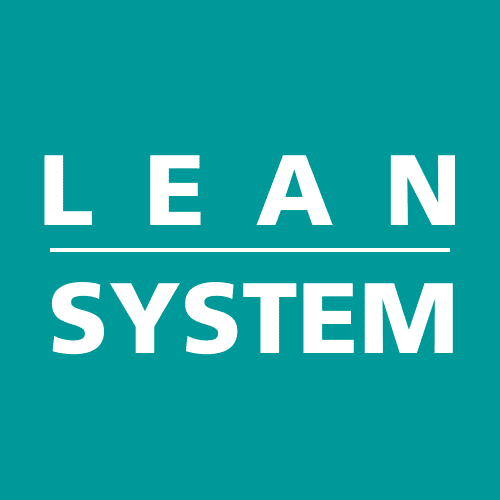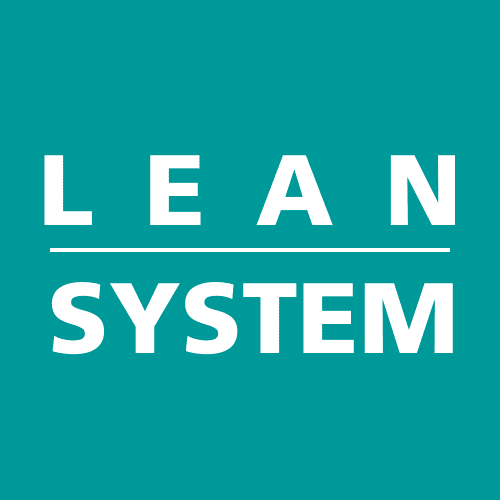ISO 45001 is an international standard that provides a framework for organizations to manage occupational health and safety risks and opportunities. Clause 7 of the standard emphasizes the crucial role of support, resources, competence, awareness, communication, and document management in achieving this objective.
Ensuring that employees have access to the necessary support and resources is essential to creating a safe work environment. The provision of relevant training and equipment can help workers to recognize and manage hazards, minimizing the risk of accidents or injuries.
Competence, awareness, and communication are also vital elements of effective occupational safety management. Employees must possess the required knowledge and skills to perform their tasks safely, and the organization must cultivate a culture of awareness to ensure that everyone is vigilant about potential hazards. Effective communication between employees, supervisors, and management is also crucial to identifying and addressing hazards promptly.
Finally, document management plays an essential role in ISO 45001 compliance. Organizations must maintain accurate records and documented information to support their safety management systems, including policies, procedures, and incident reports. This documentation not only helps to ensure compliance with the standard but also provides a valuable record of safety performance and improvement over time.
Support and Resources
One of the fundamental requirements of ISO 45001 is the provision of adequate support and resources to ensure occupational safety. This means ensuring that employees have access to the necessary training, tools, and resources to effectively carry out their work while prioritizing safety. Providing support and resources is essential in creating a safe and healthy work environment and reducing the risk of workplace injuries and illnesses.
Employers should offer comprehensive training programs to ensure that employees are competent in carrying out their roles safely. This involves training employees in the use of protective equipment, emergency response procedures, and hazard identification, among other aspects. Providing regular refresher courses to keep employees up-to-date with new equipment and procedures is also important.
Employers must also ensure that employees have access to the necessary resources and equipment to carry out their work safely. This includes providing personal protective equipment (PPE), ensuring that machinery and equipment are properly maintained, and providing clear and concise instructions for their use.
"The importance of providing support and resources in relation to ISO 45001 requirements cannot be overstated. Doing so is a crucial step in creating a culture of safety within the workplace."
Competence, Awareness, and Communication
Competence, awareness, and communication are crucial components of effective occupational safety management systems. For any organization to ensure a safe and healthy work environment, it's important to equip employees with the necessary skills and knowledge to perform their roles safely. Training employees on safety procedures and protocols is crucial in preventing accidents and injuries.
Training programs should not only focus on initial orientation but should also incorporate refresher courses to ensure employees stay up-to-date with safety regulations and procedures. Encouraging employees to ask questions and voice their concerns regarding safety can also help identify potential hazards and prevent accidents from occurring.
Effective communication is another significant aspect of fostering a culture of safety. It's essential to create an open communication channel between employees and management, where employees can report any safety incidents or hazards without fear of retaliation. Management should respond promptly and take appropriate action to address any reported issues.
Regular safety meetings also play a critical role in promoting awareness and communication. These meetings not only provide employees with the opportunity to voice their concerns but also serve as an avenue to educate them about new safety procedures and regulations.

"Training employees on safety procedures and protocols is crucial in preventing accidents and injuries."
Document Management
Document management is an integral aspect of ISO 45001. It involves creating, retaining, and maintaining documented information and records to support the effective implementation of the occupational safety management system.
Documented Information
Documented information refers to the information that an organization creates and needs to control and maintain. The information can be in any format, such as electronic, paper-based, or visual media. Documented information can include policies, procedures, work instructions, forms, and specifications.
In ISO 45001, documented information plays a vital role in demonstrating compliance with the requirements of the standard. Organizations must ensure that documented information is available and accessible to those who need it.
Records
Records are a specific type of documented information that provides evidence of activities performed or results achieved. In the context of ISO 45001, records can include incident reports, inspection reports, training records, and audit reports.
Organizations must ensure that records are controlled and maintained to provide an accurate historical record of their occupational safety performance. Records must be retained for a defined period, and their disposal must be carried out according to a documented procedure.
In conclusion, effective document management is crucial for ensuring the successful implementation of an occupational safety management system. Organizations must ensure that they create, retain, and maintain accurate and up-to-date documented information and records to support the system's operation and continual improvement.
FAQ
What is ISO 45001?
ISO 45001 is an international standard that sets out the criteria for an occupational health and safety management system. It provides a framework to help organizations improve their safety performance, reduce workplace incidents, and create a safe and healthy work environment.
Why is support and resources important in ISO 45001?
Support and resources are crucial in ISO 45001 as they ensure that employees have the necessary tools, training, and resources to carry out their work safely. Providing support and resources helps organizations meet their safety objectives and promotes the overall well-being of their workforce.
What is the significance of competence, awareness, and communication in ISO 45001?
Competence, awareness, and communication play vital roles in ISO 45001. Competence ensures that employees have the necessary skills, knowledge, and experience to perform their job safely. Awareness promotes a culture of recognizing and addressing potential hazards, while effective communication ensures the flow of information about safety procedures, risks, and responsibilities.
How does document management relate to ISO 45001?
Document management is an essential aspect of ISO 45001. It involves maintaining accurate and up-to-date documentation, including documented information and records, related to occupational health and safety. Effective document management helps organizations track and monitor safety procedures, analyze incidents, and demonstrate compliance with the standard.

